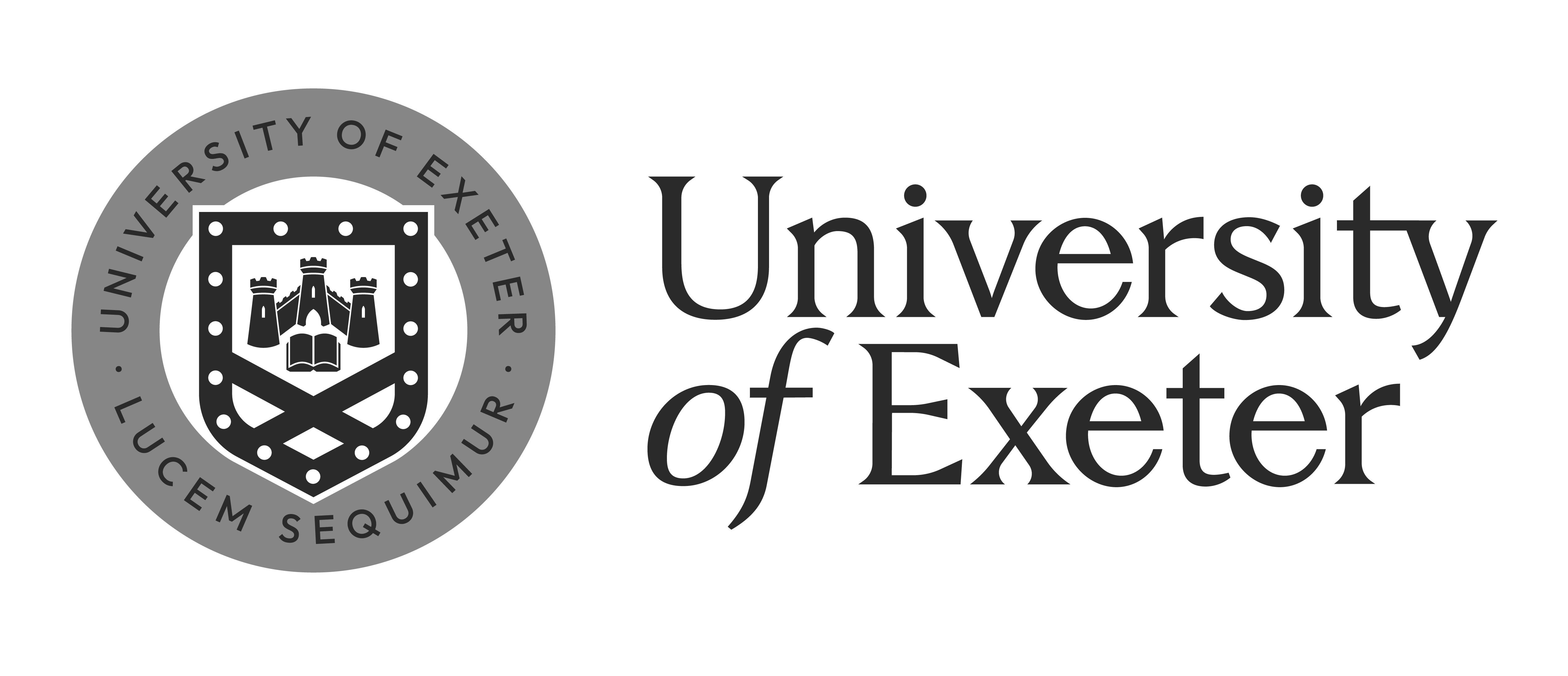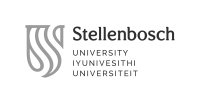Public Renaissance: Urban Cultures of Public Space between Early Modern Europe and the Present
Professors
Schedule
Course description
Contemporary events and their visual representation in mainstream and social media – ranging from the Occupy and Indignados protests (2011-) to the ongoing climate crisis demonstrations and BLM – have done much to renew our perception of the potent agency of urban public space. They are a reminder that urban space frames and co-determines events, and through human interaction augments their meanings. Although technology has transformed the dynamics of communication, social networks, political participation and representation, urban space remains the primary setting for the visual articulation of politics, sociability, and citizenship. Moreover, collective manifestations in public space represent varied constituencies of the polity, in events that reinforce but also question authority structures. Digital social media have in recent years served to amplify and distribute such actions widely. While these may seem phenomena unique to technology-enhanced modernity, our claim is that public space has always had such functions.
Early modern public spaces are often represented and studied as ceremonial sites, as theatres of civic and religious rituals or as spaces controlled and regulated by the authorities. This course explores instead a view of urban public space as an expression of the integration of all inhabitants; it deconstructs the paradigm of the "ceremonial city" to reveal the dynamic and relational nature of political public space and everyday street life. It demonstrates how these spaces were lived and used in ways that undermined or subverted official conceptions of order and control. We will examine how citizens appropriated spaces and public rituals, re-elaborated them in autonomous and unforeseen ways, creating “practiced spaces” (De Certeau). Defined by the everyday social actions of gender, work, family and religion enacted by individuals and groups, we will reveal how the public spaces of early modernity were "spaces in motion" (Lefebvre). Thus we will explore the ambiguities and tensions existing between ceremonial/official and practiced/informal public spaces, and how formal ceremonial events (processions, entries) might be met by local or popular acts of contestation (e.g. during the papal possesso).
The course considers the early modern period (c. 1450-1700) in the urbanised heart of Europe, with particular attention to drawing out evidence from Venice as a working case example. We will probe the continuities and ruptures that shape urban spaces of the past in relation to contemporary urban interaction. In addition to traditional historical methodology, we will work with locative media technologies to co-create a GPS-enabled smartphone app (using the Hidden Cities content management system) that enables an engagement with histories of place, adopting an innovative place-based research methodology. Thus, while historical enquiry is at the heart of the course, through digital tools and museum visits, we will explore and communicate the memories and meanings of public space in European cities.
Syllabus
The course is delivered as 8 lectures with 3 seminars and 3 field trips and 10 digital humanities training groupwork sessions.
Lectures (supported by accompanying readings-based seminars and site visits), weeks 1-6:
1. On Renaissance public space
2. Street life and street culture: then and now
3. Ritual and everyday: people in the city
4. Public space: power, communication and contestation
5. Nodes and networks: panoptic urban space
6. Paths and edges: movement and display
Digital humanities lectures and workshops, weeks 1-6:
1. The digital spatial turn in humanities. GIS, GPS, 3D: technologies for AR, VR and mixed reality
2. Public Renaissance: doing public history
3. GIS and locative media: training workshop (Hidden Cities)
4. GhettApp visit (Ghetto)
5. Hidden Cities groupwork: setting up (Detourism itinerary as test case)
6. Hidden Cities groupwork: group selection and task definition
From week 7 we move to a groupwork seminar/workshop format. We will work with a project development handbook, and each group develops a Hidden Venice app itinerary and content. There will be an on-site testing workshop in week 10 and an all-group demonstration in week 12.
Site visits
Site visits are integral to this course and will include visits to museums and sites with digital engagement strategies: including the Ghetto (GhettApp), Arsenale (Biennale visit app), and guided walks to parts of the city, including a Detourism itinerary.
A half day visit (4 hour co-curricular) to Ravenna is an opportunity to think about how a multi-site ticket can be used to focus a tourist itinerary. It is, of course, also an amazing place to visit and we will be seeing some of the masterpieces of late antique mosaic and architecture.
Learning outcomes
1. Demonstrate an understanding of the ways that social practices inform contemporary production and experience of space, with special reference to public space
Demonstrate an understanding of the specific types of material culture of public space as applied to the early modern period and today.
3. Recognise and understand relevant art-historical and digital humanities terminology and concepts
4. Through groupwork, acquire and apply skills and tools related to spatial and digital humanities to a real world context.
5. Use a reading list to identify material relevant to a given aspect of the subject, and communicate ideas effectively in both oral and written forms
6. Research independently and interpret information based on a range of primary and secondary sources
Teaching and assessment
The course is delivered as 8 lectures with 3 seminars and 3 field trips and 10 interactive digital humanities training workshops.
Lectures are delivered in the first half of the course to provide a framework for the seminar discussion classes and group work that is the focus of the workshops, which are more intensive during the second half of the course.
The lectures do not aim to offer a comprehensive treatment of each topic. Rather, they will introduce a series of themes and issues that will be explored further in the context of the seminars, presentations and assignments. Students are expected to take part in class discussion on themed topics and will produce both individual and group research work. Site visits should be understood to be classes ‘on location’ and are not optional.
A key component of the course and assessment centres on the practical application of spatial digital methodologies explained in the workshops; students will be guided and advised, but encouraged to experiment and apply their approaches to examples and/or datasets of their own choice, but related to the course objectives. This activity will be conducted in groups and it is hoped that these will be made up of students with diverse skills (e.g. history; visual studies; geography; computer science etc.). A final essay that develops the underpinning research questions to the individual groupwork completes the assessment.
In addition to class contribution, each student will agree (in discussion with the professor) a research topic for the final research paper. A formative piece of written work (and a presentation in class) is produced in week 9 to define this topic.
Assessment
The final grade will be based on:
- Attendance, contribution to discussions and the course activities, including presentations (30%)
- In class presentation and write-up of the group research project (feedback provided). Groupwork project supported by the workshop activities (30%).
- Final research paper: class presentation during the exam week and written essay to be handed by the end of the term (40%).
Bibliography/Recommended Reading
A full bibliography will be provided. There is no textbook for this course, but some useful texts are:
P. Arnade, Howell M., Simons W., “Fertile Spaces: The Productivity of Urban Space in Northern Europe,” Journal of Interdisciplinary History 32 (2002): 515-48
D. J. Bodenhamer, ‘The Potential of Spatial Humanities’, in David J. Bodenhamer, John Corrigan, and Trevor M. Harris (eds.) The Spatial Humanities: GIS and the Future of Humanities Scholarship, Indiana University Press 2010
M. de Certeau, The Practice of Everyday Life, Berkeley 1984
J. Farman (ed.), The Mobile Story: Narrative Practices with Locative Technologies, London 2013
I. N. Gregory, D. DeBats, D. Lafreniere, The Routledge Companion to Spatial History, London : Routledge, 2018
Henri Lefebvre, The Production of Space, Oxford, 1974/1991
Fabrizio Nevola, Street Life in Renaissance Italy, New Haven and London: Yale UP, 2020
Fabrizio Nevola, David Rosenthal and Nicholas Terpstra eds., Hidden Cities. Urban Space, Geolocated Apps and Public History in Early Modern Europe (Routledge, 2022)
Rosa Salzberg, Ephemeral City: Cheap Print and Urban Culture in Renaissance Venice, Manchester: Manchester University Press, 2014
A. Vanhaelen, Ward J. P. (eds.), Making Space Public in Early Modern Europe, London 2013
Last updated: January 29, 2025


















